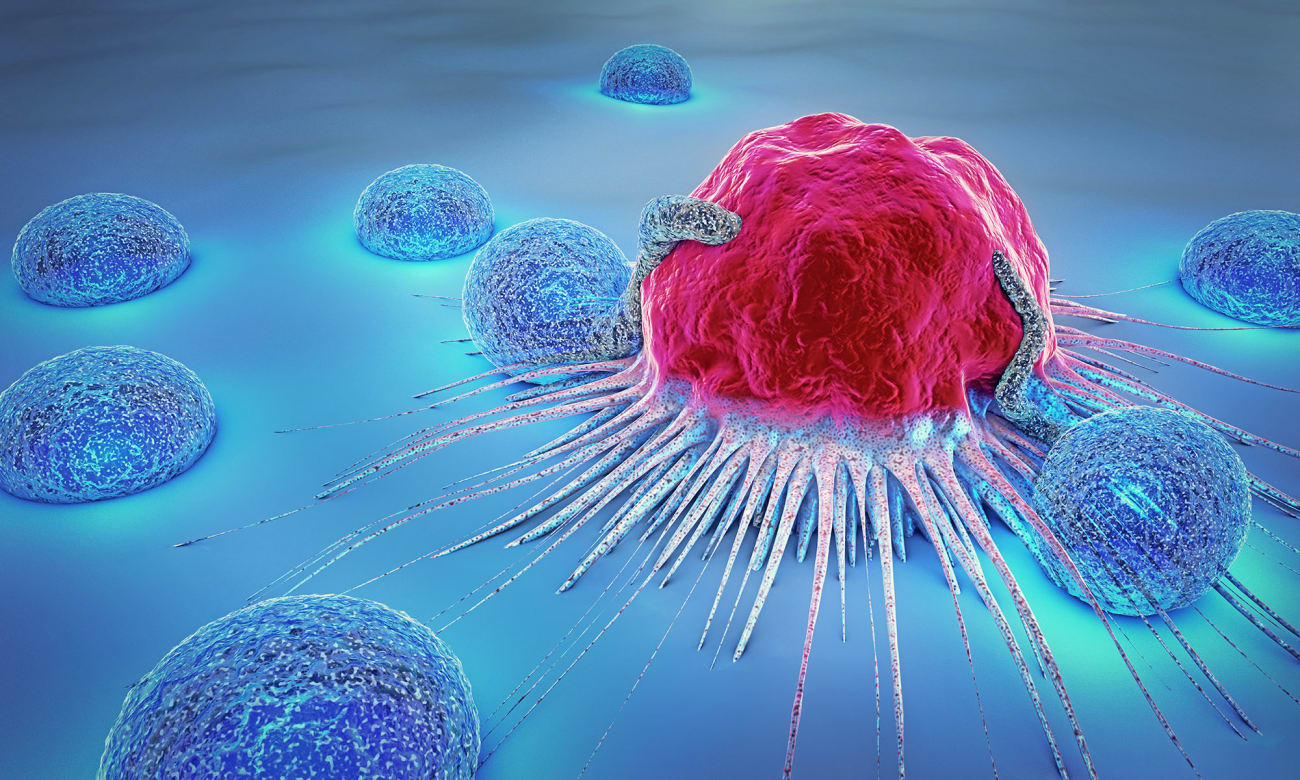
As people who are living with HIV live longer, Ulrike Buchwald wants to make sure their lives are healthy and cancer-free.
The internist and infectious disease specialist joined the gastroenterology faculty at Johns Hopkins in the fall of 2019, coming from the University of Maryland, where she offered anal cancer screening for years as the sole internist provider. Now, at Johns Hopkins Green Spring Station, she is establishing an anal cancer screening center with colleagues from the Division of Gastroenterology and Hepatology, and closely collaborates with other specialists at Johns Hopkins, including infectious disease and colorectal surgery physicians. Through its cross-functional team approach, this center aims to be unique in the region.
Though anyone living with HIV is at increased risk for developing anal cancer, men who have sex with men have a risk estimated at 25 to 80 times higher than the general population.
“That’s why screening is so important,” says Buchwald. “If we can catch a problem early, it’s much easier to treat and less likely to cause major problems.”
The human papilloma virus (HPV) is responsible for 85% of all anal cancers. Though nearly everyone is infected with HPV at some point in their lives, most people are able to clear the virus from the body on their own.
But chronic HPV infection — whether due to reinfection or just an inability of the immune system to rid the body of the virus — can lead to cancer.

–Ulrike Buchwald
Screening for premalignant anal lesions (anal dysplasia) that can eventually lead to cancer is fast and easy, says Buchwald.
“The initial screening tests take only two minutes,” she explains. “First, we do a risk assessment. And next, if we determine the patient is at high-risk, we do a digital exam and collect cells of the anal canal with a swab, which we then send to the cytology lab.”
Johns Hopkins offers high-resolution anoscopy for patients with abnormal anal cytology or anal symptoms. If abnormal anal cells and dysplasia are detected early enough, even if the lesion is high-grade, Buchwald says a series of ablations or resections can often result in remission or cure.
“If we can avoid invasive anal cancer, which would require chemotherapy and radiation, that’s great,” she says. “Both treatments have difficult side effects that can affect quality of life. But that early catch of anal dysplasia or small cancers is more likely if we do regular screenings in high-risk patients.”
For patients with low-grade dysplasia, Buchwald typically recommends monitoring and follow-up visits every 12 months.
Anal health is a topic that can get overlooked, says Buchwald.
“Lots of times, patients feel uncomfortable discussing it with their provider,” she says. “We want our center to be a forum to discuss those concerns.”
Although there are still many unknowns with regard to the best approach to anal cancer screening and anal dysplasia management, Buchwald hopes to address some of those with her colleagues at Johns Hopkins.


